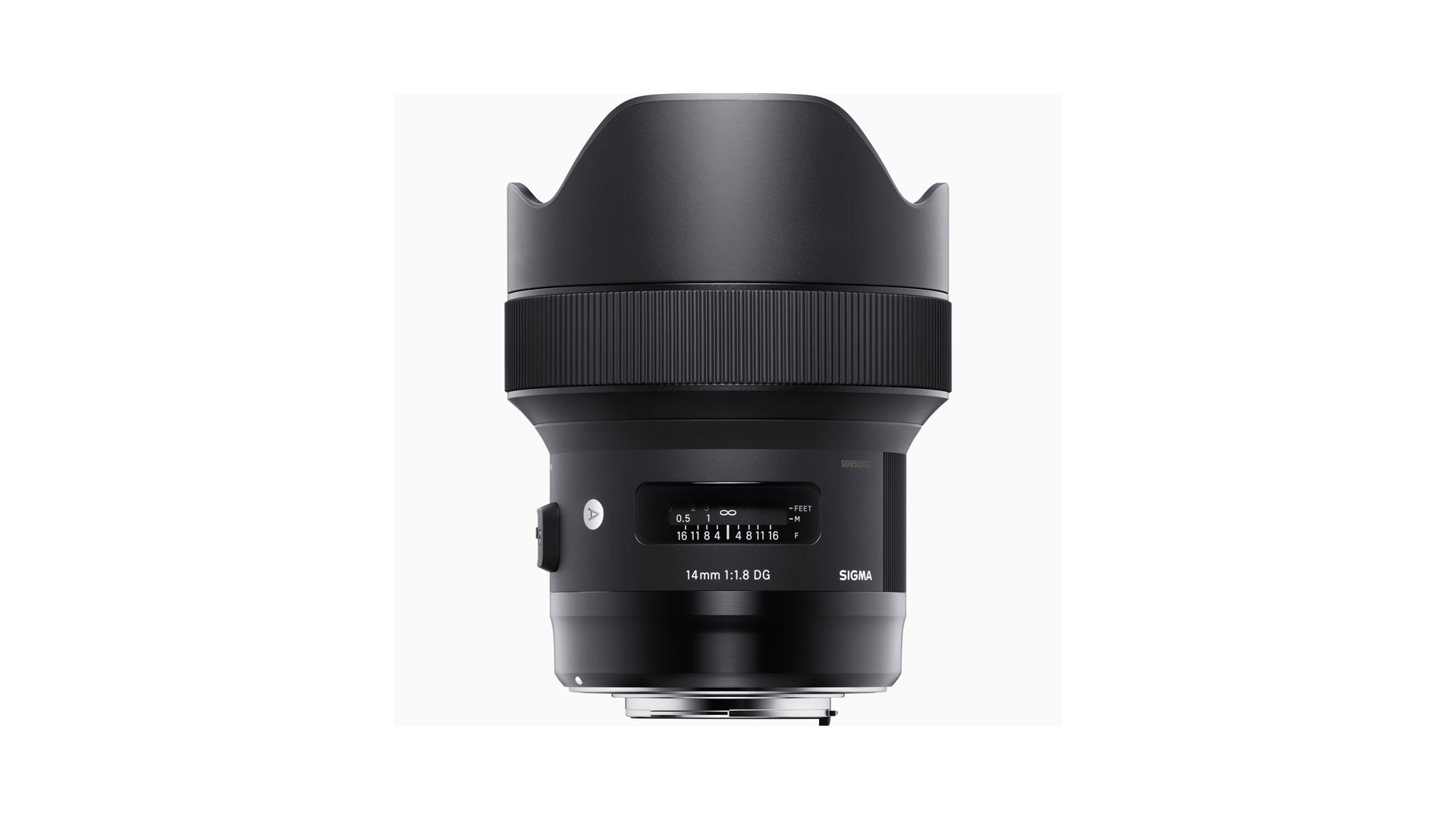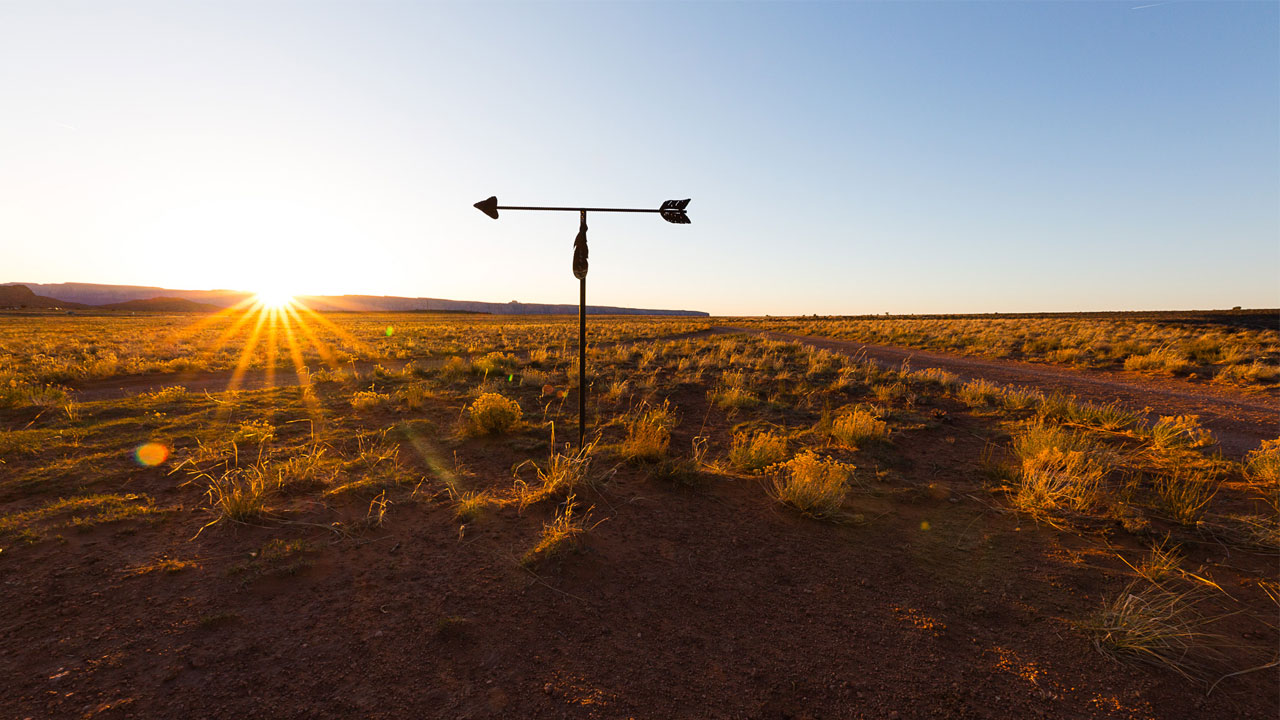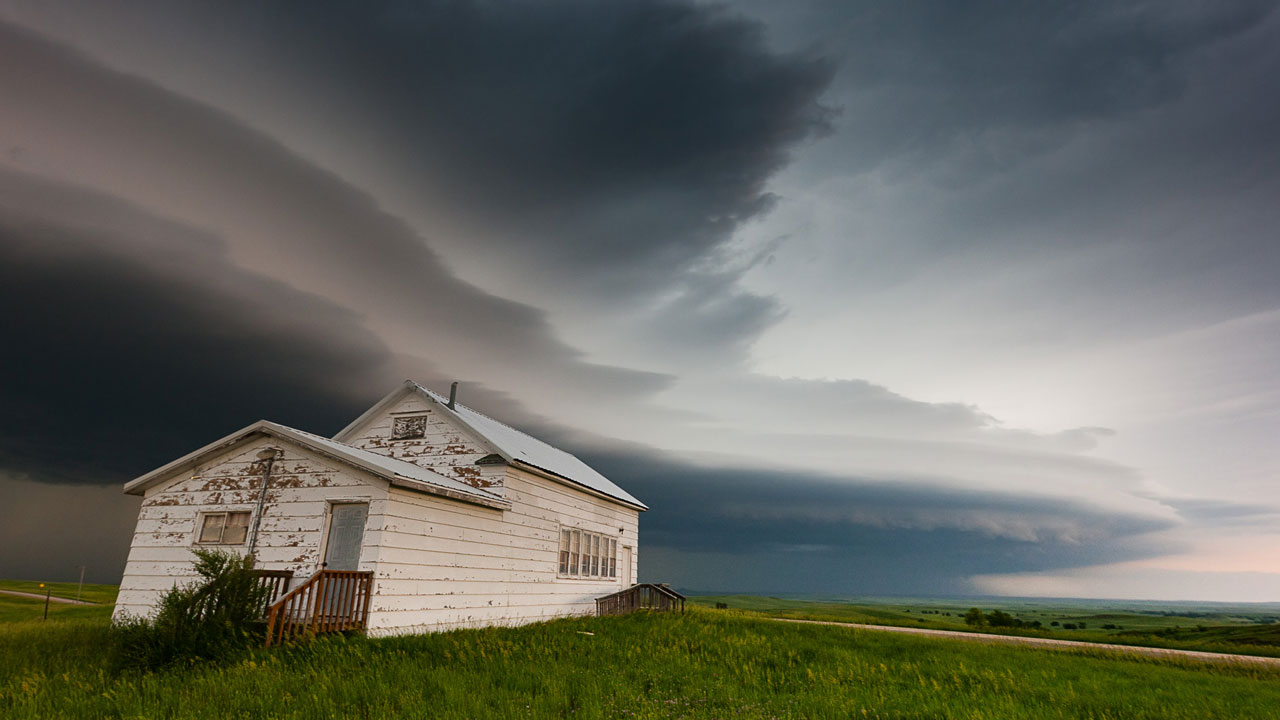Sigma 14mm F18 Dg Hsm Art for Sony E
Our Verdict
Lilliputian short of astonishing. Image quality, light manual and build quality are all huge pluses for the Sigma 14mm F1.viii DG HSM Art.
For
- Very well congenital
- Phenomenal image quality
- Ultra-large maximum aperture
Against
- Bulbous front element can exist difficult to protect
- Arguably a niche focal length
Upwardly until recently, the Sigma 14mm F1.8 DG HSM Art lens could make a very striking claim to exist the world'due south fastest 14mm prime production lens. Its maximum aperture of f/1.8 makes it a stop faster than Catechism's fourteen-year-former EF 14mm f/ii.8L 2 USM; and the same goes for Nikon'south 21-year-sometime AF Nikkor 14mm f/ii.8D ED.
Sony's presently-to-hitting-the-shelves Iron 14mm F1.8 GM matches the Sigma, aperture-wise, merely it's not available anywhere yet and besides, when it does become available, you lot'll only be able to use it with Sony-mount cameras. Sigma's ultra-wide, ultra-fast astrophotography specialist is available in Canon, Sigma, Sony, Nikon, and L-mounts, making information technology compatible with a very wide range of cameras.
Essential info:
Type: 14mm prime lens for full-frame and APS-C sensor cameras.
Compatibility: Canon EF, Nikon F-mount, Sony Due east-mount, L-mount.
Focal range: 14mm fixed focal length.
Aperture range: f/1.viii - f/sixteen.
Thread size: No filter thread.
Weight: 2.58 Ibs
The appeal of the Sigma 14mm F1.8 DG HSM Art lens for owners of the best cameras for astrophotography is immediately obvious. Its 14mm stock-still focal length makes it ultra-wide, if you put much stock in the 500 rule which means you can shoot exposures of up to merely under 36 seconds before suffering star trails. The large f/i.8 aperture will also save you a stop of ISO – so if you're shooting ISO 12,800 on 1 of Canon or Nikon's 14mm prime lenses, you'll just be shooting ISO 6,400 on the Sigma 14mm F1.8 DG HSM ART lens. That's a significant reduction which in some cases will exist the difference between a printable and an unprintable paradigm.
Simply what is it similar to use the Sigma 14mm F1.viii DG HSM Art lens and how does it perform in the field? Perhaps fifty-fifty more than importantly, can it justify its $1600 request toll and earn a place in our list of the best lenses for astrophotography?
- Related: How to reduce dissonance in astrophotography
Sigma 14mm F1.eight DG HSM ART lens review: Design
- ii.58 Ibs weight
- No filter thread
- Bulbous front element
This thing is a lump. Not a very technical description, possibly, but heft it out of the box and yous'll see what nosotros mean. It's wide, brusk, and squat: the Sigma 14mm F1.eight DG HSM ART lens has a large 95mm bore and is 150mm from front chemical element to mount. It'south heavy every bit well – ii.58 pounds makes it well-nigh twice as heavy as Canon and Nikon's (slower) 14mm primes. If your chosen star-gazing site is located a decent walk away from your car this is worth bearing in mind – in combination with a full-frame camera, this is a heavy choice of lens.
The Sigma 14mm F1.8 DG HSM ART lens is built of quality materials from front to dorsum, though, so nosotros tin can forgive the added heft. The slide-off lens encompass has a thin strip of fuzzy material inside so the cap can't slip off in your bag. The lens comprehend and some of the rest of the lens are made of hardy-feeling plastic; the rear of the lens and the brass mountain are made of metallic. As is oftentimes the case with ultra-wide lenses, the petal hood is permanently fastened to the lens – it doesn't go far much longer and affords a fiddling protection to the front element and then in our book, this is a good affair.

At that place are only a handful of compromises to bear in listen. The first is that the Sigma 14mm F1.8 DG HSM ART lens requires a piddling more than care than bog-standard zooms and even than many normal-focal-length primes. The forepart element is a spectacular piece of applied science – curving gracefully outwards from the lens body in a gorgeous, bulbous arc – but that does make information technology a little hard to protect from the elements. Beware of sandy locations, we say. Normal advice for lens elements you want to protect is to bring a UV filter, but you tin can't here – the front element of the lens protrudes so far from the torso of the lens that there's no thread in which to mount a filter. Non just does this requite you a challenge in terms of protecting the lens but it also means landscape photographers, with their beloved neutral density filters and polarizers, will have a truly awkward time. There's no option to add a square gelatin filter at the dorsum of the lens.

On the plus side, this is a weather-sealed lens, although how much of a do good that will be for astrophotographers – who tin can't run across the stars in inclement weather – is up for argue. If you're going to shoot other subjects (we took ours storm chasing) information technology'south a singled-out plus.
Otherwise, this is a comparatively uncomplicated piece of kit. There's no stabilizer (astrophotographers will be on tripods anyway), so the only body-mounted control is the automobile/transmission focus switch, complete with a focus distance window on the top of the lens.
Sigma 14mm F1.8 DG HSM Fine art lens review: Performance
- Outstanding image quality
- Bright maximum aperture
- Obedient autofocus

If all the above sounds just a little awkward, that's considering it is. This is a loftier-functioning lens with some specialist applications, and any keen astrophotographer will be delighted to forgo a lens filter as soon every bit they start using this absolutely spell-binding slice of equipment.

The Sigma 14mm F1.8 DG HSM ART lens is ultra, ultra sharp. For astrophotography you'll often be using this lens broad open, so we'll get-go there: at f/1.8, this lens is a masterpiece. If you lot're going somewhere to shoot the heavens, this lens should be either at or about the meridian of your list. Stars in the middle of the frame are super sharp, and it'south but past cropping – heavily – into the corners of our astrophotography images that we were able to brainstorm to discern a little comatic aberration creeping in; what there was was all-but unnoticeable.
Chromatic abnormality (purple fringing) is besides well controlled. This tends to be more of a problem at large apertures, simply in images shot betwixt f/ii.8 and f/four, even in loftier contrast images of snowy scenes, you lot'll take to actually hunt earlier y'all can meet it. In terms of creating publishable images that don't need loads of technical workup before they're ready, the Sigma 14mm F1.8 DG HSM Fine art doesn't miss a pull a fast one on.

We need to talk about distortion also – at 14mm we're well used to seeing lenses with bendy geometry, simply the Sigma 14mm F1.8 DG HSM ART lens handles information technology exceptionally well. It's a rectilinear lens – that is, non fisheye – and while the images it produces undoubtedly feel "wide", they don't distort. This might not be much of a concern with astrophotography, simply the fact you can have pictures of people with this lens that don't make them wait distorted and strange is a huge plus, and elevates the Sigma 14mm F1.8 DG HSM Fine art lens from "astrophotography specialist" to "shoot anything, anywhere". There is, admittedly, a slight vignetting effect at larger apertures, but it's well-controlled, less than a stop (to our middle), and easily correctable in software.
Finally, there are a few lovely aesthetic touches that are fun to play with – stop down and y'all'll see ultra-abrupt star-points to the light sources in your images which make the Sigma 14mm F1.8 DG HSM ART lens a lovely architectural lens equally well as an astrophotography specialist.
- Related: Astrophotography time-lapse tips
Should y'all buy the Sigma 14mm F1.8 DG HSM Art lens?

The Sigma 14mm F1.8 DG HSM Art lens really is a phenomenal lens for nighttime-sky photography. It's not simply that it shoots high-quality, technically splendid images (although it does), it's not merely that its ultra-wide field of view is perfect for incorporating foreground interest into your star shots (although it is), and it's non just that the ultra-bright aperture allows you lot to shoot lower ISOs – or longer shutter speeds – than yous might otherwise (although it does that too).
The fact that it bundles all those qualities into a portable, sturdy-feeling fiddling package that excels in its niche is really what sells it to u.s.. It isn't an everyday kind of lens, although with its straight-as-an-pointer geometry you lot might be surprised how much you actually can employ it for. But if you lot're later on a lens that volition go you long shutter speeds without a star tracker, with technically excellent results throughout its aperture range, this is a slice of kit that will serve you lot well, especially on those in one case-in-a-lifetime trips where quality of the results outweighs toll and weight considerations.
If this product isn't for you lot

There are some smashing options out in that location at the moment for astrophotographers – many of which have been reviewed right hither at Space.com.
In detail, we'd suggest thinking carefully near whether 14mm will do everything you need it to, because there are some splendid broad-bending zooms out there with big maximum apertures. Accept Sigma's own 14-24mm F2.8 DG HSM Art ($1,199.00), which is a terminate slower in terms of aperture but allows you to get from ultra-wide to just very-broad angle with its 14-24mm zoom range. Sigma also makes the 20mm F1.4 DG HSM Art ($834), which is a picayune longer just is even brighter than the 14mm f/1.8.
If you want to stay on-brand, you could await at the Catechism RF fifteen-35mm F2.8L IS USM ($2399). Pretty much as wide every bit the 14mm (you won't be able to tell the difference between 14mm and 15mm) and a end slower, only with a more practical zoom range which makes information technology more of an all-rounder for those who aren't unmarried-minded astrophotographers.
Nikon users might wait at the AF-S NIKKOR 14-24mm f/2.8G ED ($one,746), a frankly glorious piece of kit with lots of practicality for night photography. And Sony users should definitely keep an eye out for the inflow of the 14mm f1.viii GM FE.
Join our Infinite Forums to go on talking space on the latest missions, nighttime sky and more than! And if you have a news tip, correction or comment, permit us know at: community@space.com.
Source: https://www.space.com/sigma-14mm-f1.8-dg-hms-art-review
Post a Comment for "Sigma 14mm F18 Dg Hsm Art for Sony E"